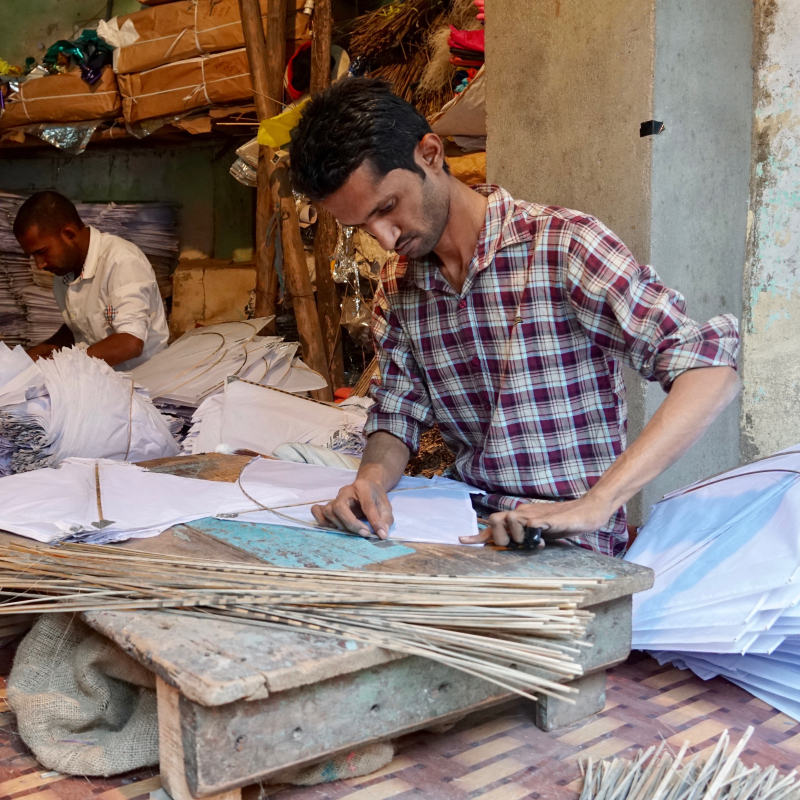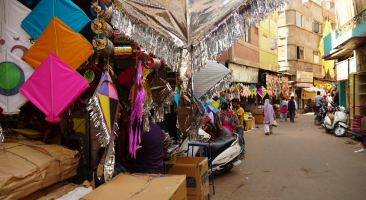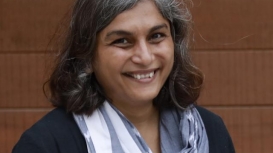The festival of Makar Sankranti represents the onset of the harvest season in most parts of India and, as a result, is one of the most universally celebrated festivals of the country. In Gujarat, it is traditionally known as Uttarayan—a two-day festival with kite flying as the core part of its celebration. Although the physical realm of Uttarayan is unevenly spread across cities with celebrations being more concentrated in some parts of the city than in others, its traditional and holistic form is most evident in the old city areas of Gujarat. Characterised by linearly planned houses with shared walls, sloping roofs and interconnected terraces, these environments provide spaces that have the ability to multiply or divide and to generate activity and interaction at various scales. The celebration and preparatory period of Uttarayan demonstrates temporary space usage patterns on the streets and terraces and thus exemplifies a strong interdependence between the intangible activities such as the making, selling and flying of kites, and the tangible built environment of the old city. Uttarayan is a festival that not only exhibits inherent traditions but also affirms their relevance in contemporary times. This module documents this interdependence within the context of the historic city of Ahmedabad. The evolution of the festival into a global cultural event and its role as a driving factor for cultural tourism in Ahmedabad is also discussed.

Ashna Patel
Ashna Patel is an architect and academician with an undergraduate degree from CEPT University, Ahmedabad. She is currently a visiting faculty for Masters in Conservation and Regeneration, CEPT University, Ahmedabad, and at the School of Environmental Design and Architecture, Navrachana University, Vadodara. Her key research interests include urban regeneration, conservation and sustainability, and tourism and culture-led regeneration.



